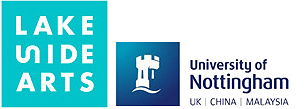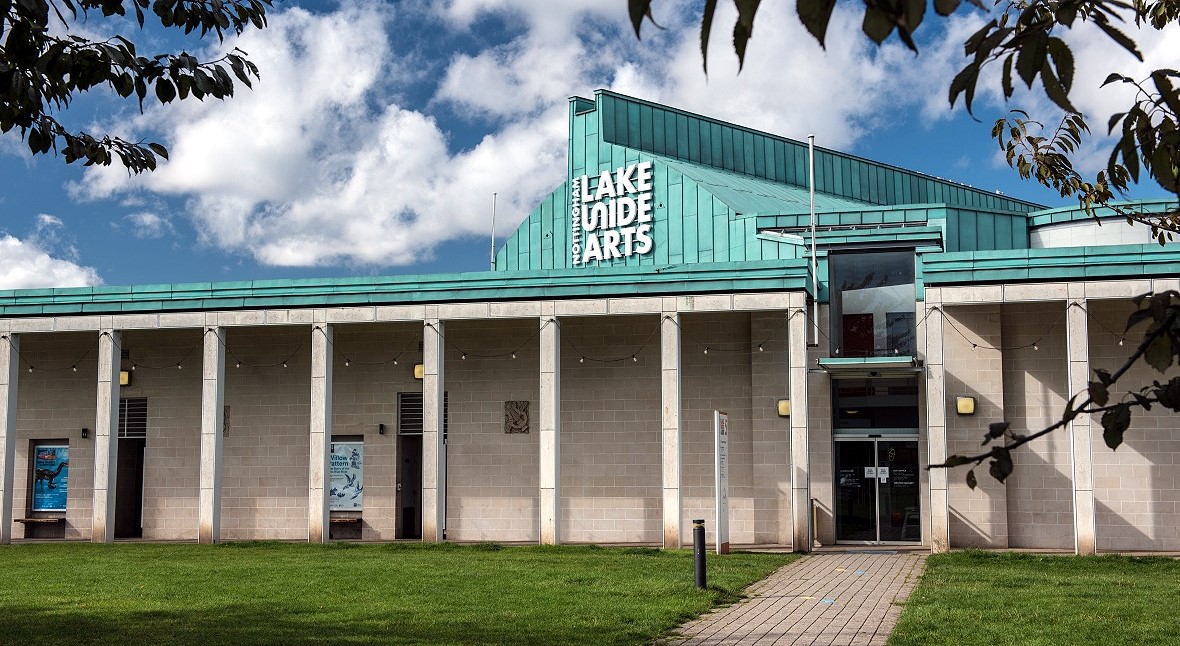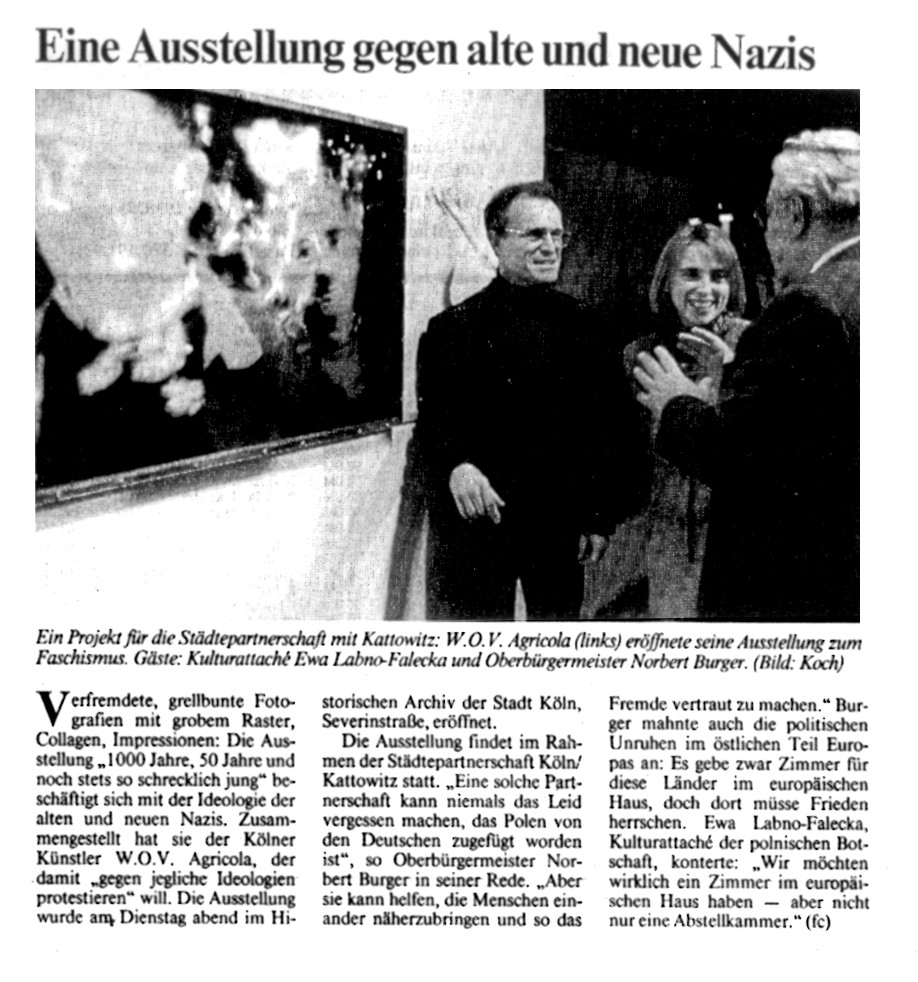1980-1989 – Paintings & drawings
After the artist had established himself as W.O.F.Agricola in 1980, he realized
between 1981-1989, besides a wide range of individual art works in media like painting, photography or mixed media, 3 major projects, each one dedicated to another artistic medium, to be exhibited in solo shows between 1983 and 1993.


The artist found his very own pictorial language, colour, forms & shapes got a metaphorical meaning, the result was the “allegory” in a contemporary mode, sometimes very tricky to decode, partially using even citations from Symbolism, Surrealism and Expressionism in order to confuse the viewer. Differently than the Surrealist artists, Agricola’s symbols and metaphors are valid only for an individual image, in so far the viewer has to decypher each image individually.
The artist is using the three artistic media – watercolour, pastel and conté drawing as individual artistic techniques, and as such in a very new way. Agricola uses each technique as if it would be a painting, however not huge, but quite small in its dimension. A special protecting glass based framing is giving even the impression as if the completed (framed) work would be a three dimensional object. So the individual art work is forming an hybrid construction which goes far beyond the usual idea of a two dimensional artwork using one of these applied techniques.
All three following projects, dedicated each one to another medium, have also in common, that Agricola was using these techniques neither before, nor after the working on these projects. The projects show the artist development starting from the first work as the first use of the technique. The last works is always representing also the final state of the artistic development.
These analogue art projects demonstrate this way the particular characteristics of working in phases, when a certain artistic phase is over, the artist changes the medium and the ways of representation. Any phase always gets an experimental character.
Breakthrough & Liberation
Percée et Libération / Aufbruch und Befreiung
44 watercolours (1981-1984)
















Le point de vue imaginaire
50 pastels (1983-1985)
















3.
Plenty of Truth
50 Pastel Conté (1985-1987)












The exhibitions 1983-1993 were showing primarily either the projects individually or in combination with each other.
Solo shows 1983-1993
1992/93 Plenty of Truth IV (Russia/Lithuania)
Königsberg (Russia) Museum of History and Art
Sovetsk (Russia) Museum of History and Art
Kunsthalle Klaipeda (Lithuania)
M.K. Ciurlionis Art Museum Kaunas (Lithuania)
Kedainiai City Art Gallery (Lithuania)
Siauliai City Art Gallery (Lithuania)
1994 Divisionistic Allusions (Poland)
Katowice Art Center
Kunstverein Lublin
Museum Okregowe Zamosc
Museum Okregowe Chelm
1992/93 Plenty of Truth III (Germany/Poland)
Zwickau City Art Gallery
City Museum Zittau
Muzeum Okregowe Walbrzych
State Art Gallery Jelenia Gora
Boleslawiec City Art Gallery
City Museum Bautzen
Zgorzelec City Art Gallery
1991 La lueur du temps II (Germany, Poland)
City Museum Halberstadt
Kunsthalle Bad Kösen
Art Museum Görlitz
Zgorzelec City Art Gallery (Poland)
Boleslawiec City Art Gallery (Poland)
1990/91 Plenty of Truth (Great Britain)
Museum & Art Gallery Tunbridge Wells
Museum &Art Gallery Great Yarmouth
Aberdeen Arts Centre
MacRoberts Art Centre Stirling
Museum & Art Gallery Buxton
1990 La Lueur du temps (Germany/France)
Hans Thoma Museum Bernau
Schloßpark Museum Bad Kreuznach
Musée du Pays de Sarrebourg
1990/91 Portrait of the artist (Germany)
Holbein House Augsburg
Prinzesshof Museum Itzehoe
Kunstverein Ahrendsburg
District Museum Syke
District Museum Tecklenburg
1989/90 Le point de vue imaginaire – the allegoric principle
Germany, Belgium, Great Britain
Soest City Art Gallery
Kunstverein Erlangen
Kunstverein Geislingen
Kunstverein Bretten
Maclaurin Art Gallery Ayr
Provinciaal Museum Leuven
Museum & Art Gallery Inverness
Museum & Art Gallery Beverly
University Art Gallery Nottingham
Museum & Art Gallery Buxton
Gray Museum & Art Gallery Hartlepool
1988/98 Dans la lumière de l’imaginaire (Germany/France)
Galerie Arthaud Grenoble
Albi City Art Gallery
Wetzlar City Art Gallery
Altena City Art Gallery
1987/88 Aufbruch und Befreiung (Percée et Libération)
Germany /France
Wesseling City Art Gallery
Kunstverein Nordeham
Kunstverein Hofgeismar
Maternushaus Cologne
Simultanhalle Cologne
Kronach City Art Gallery
Musée du Périgord Périgueux
Centre d’Art Contemporain Agen
1985
Interart Galerie Reich, Köln
Galerie Zuta, Wiesbaden
1983
Galerie Leopold, Hamburg
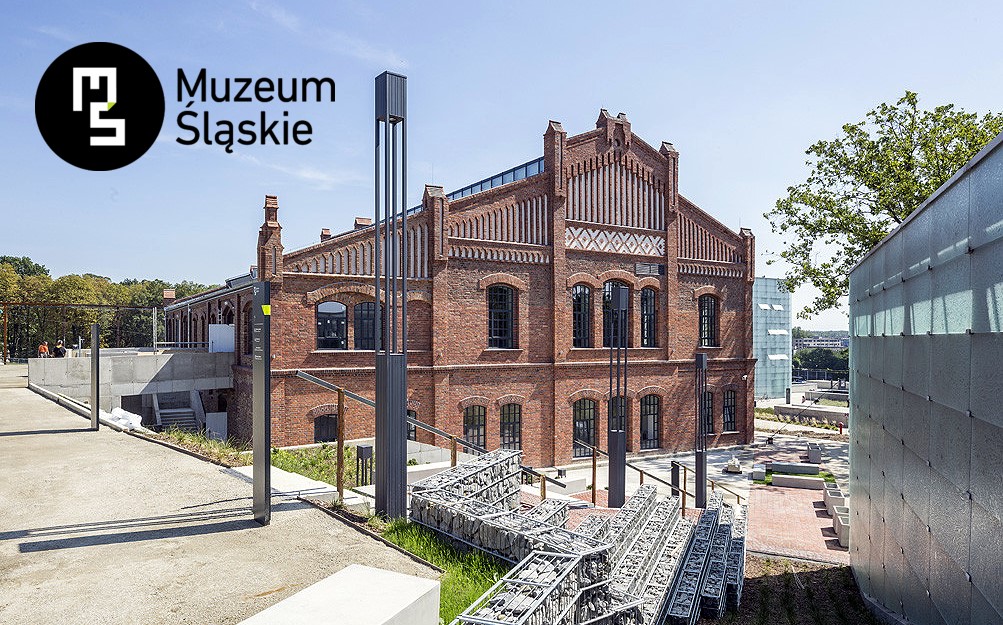
1990-1999 – The German Re-unification Project
started on the day when the Berlin Wall fell, eg 9 November 1989, because another Project – ARCHA Society – Archives for Contemporary Humanism & Art – he had founded earlier together with some friends, was established as a charitable society at the Cologne court on that very day.
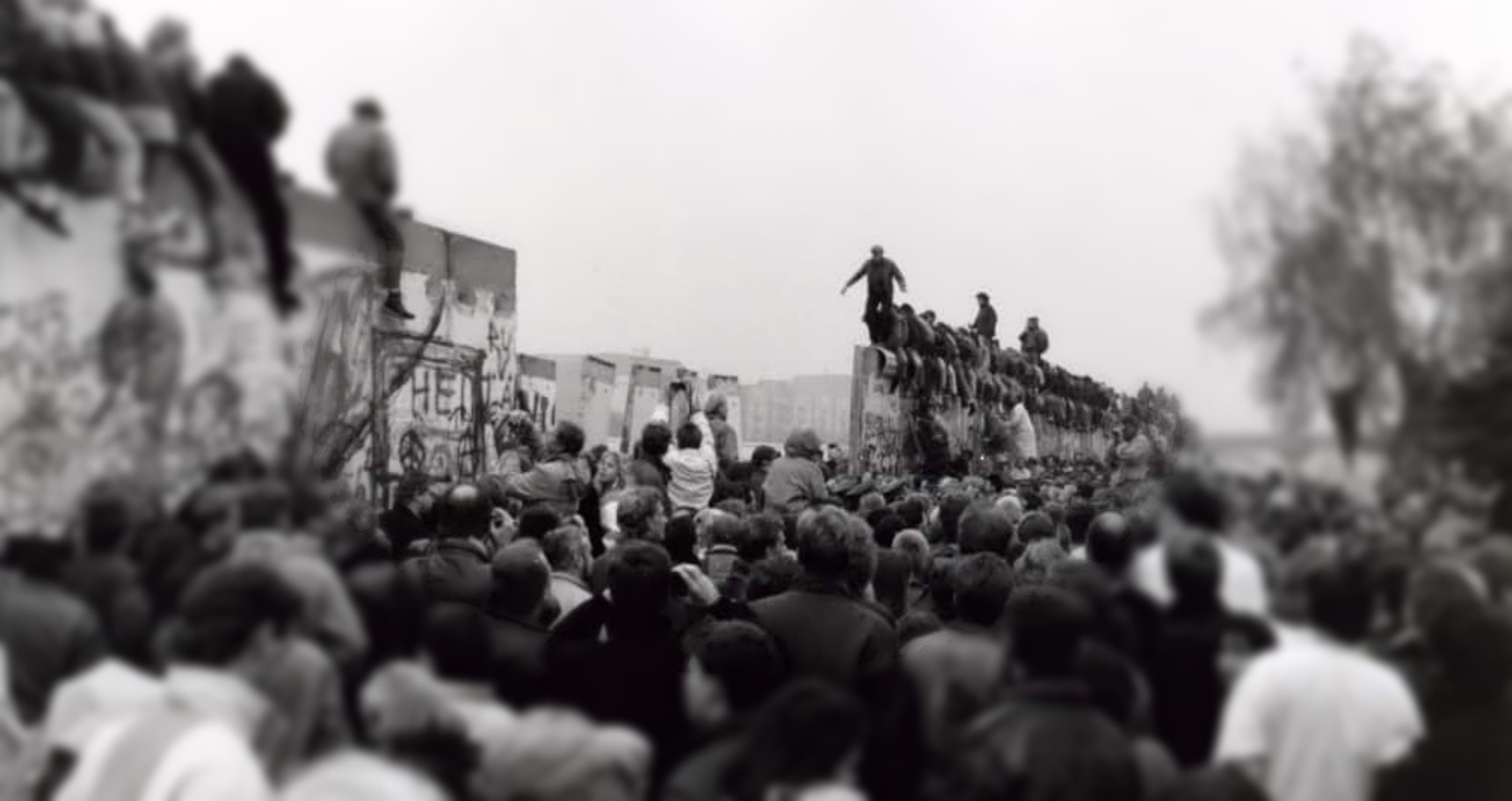
Via this project, Agricola became actively involved in the German re-unification and experienced the transformation of two countries based on different political and cultural structures from day zero. Much more relevant than his curatorial activities as a President of ARCHA, was that they were directing him to a new type of artistic activities as they manifested themselves in the mobile memorial project “A Living Memorial – Memorial project against the Foregetting, Racism, Xenophobia and Anti-Semitism – changing the meaning and position of an artist profoundly.
When an essential part of this comprehensive project was destroyed in an act of vandalism by Neo-Nazis on 12 September 1998, it was not only the end of this project, but also the end of Agricola’s artistic career and the death of the artist after he fell short time afterwards into a several months lasting coma.
.
Projekt/Project
ARCHA Society – Archives & Research for Contemporary Humanism & Art – 1989-1998
Gesellschaft zur Förderung humanistischen Gedankenguts in der zeitgenössischen Kunst e.V.
1991 – International ARCHA Conference Görlitz/Germany – 2-5 May 1991

Görlitz
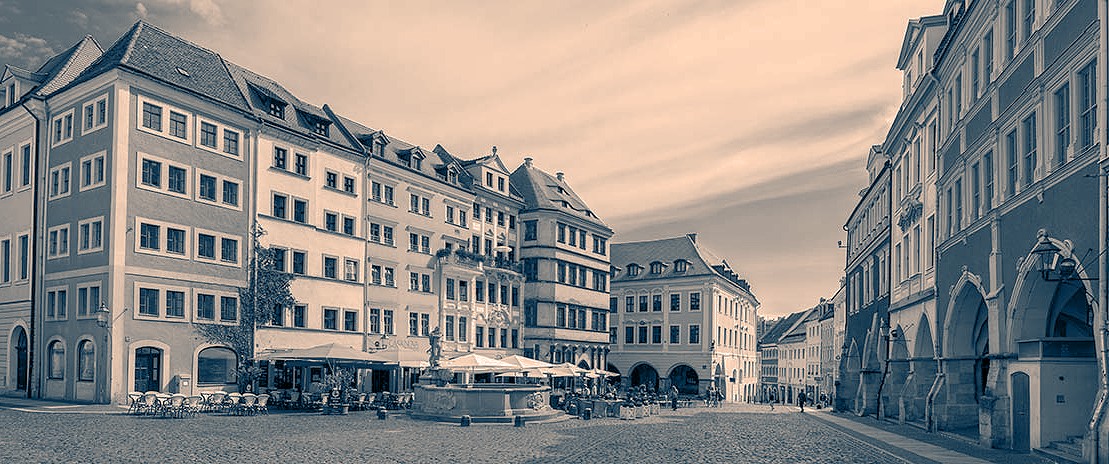

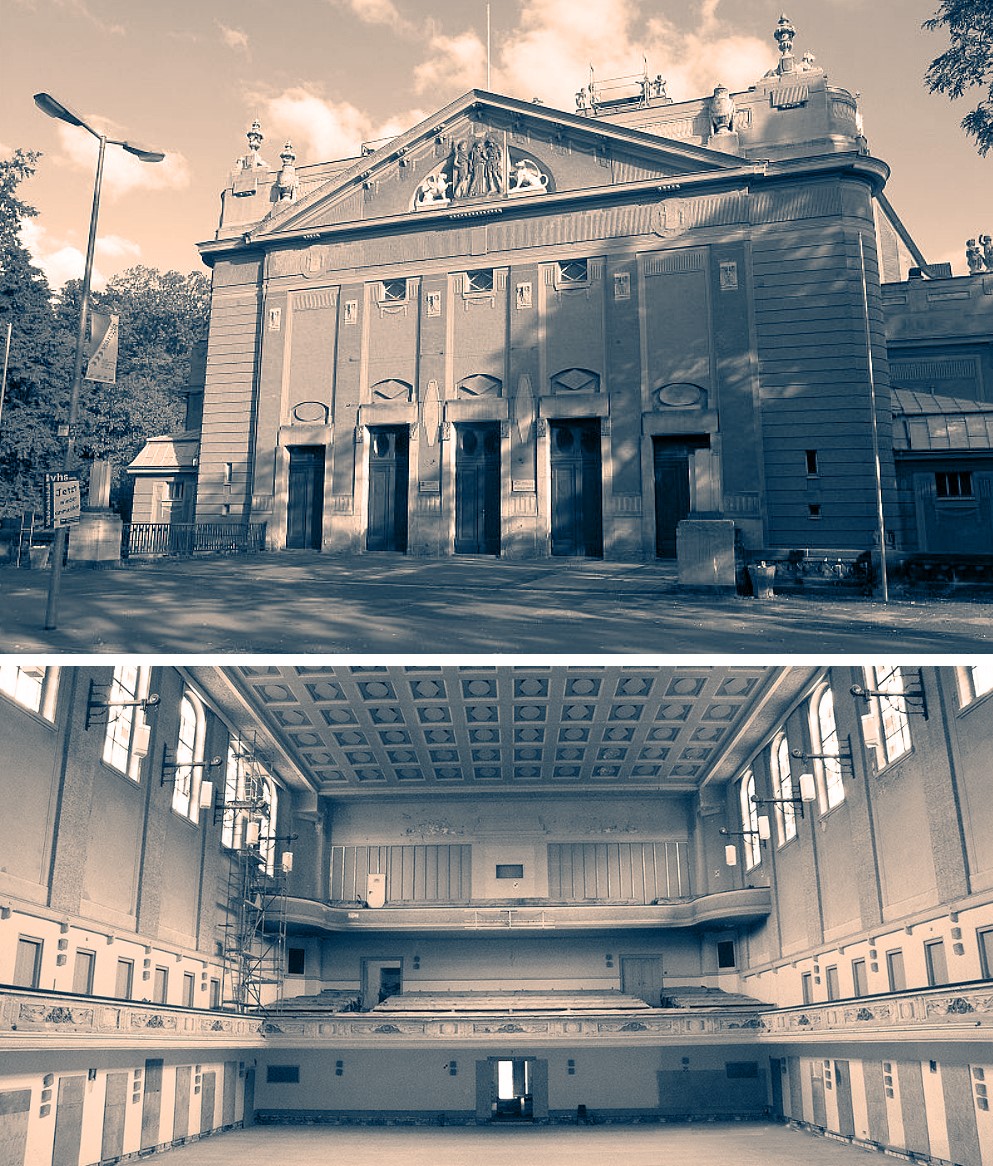
Stadtgalle Görlitz – Municipal Conference Centre
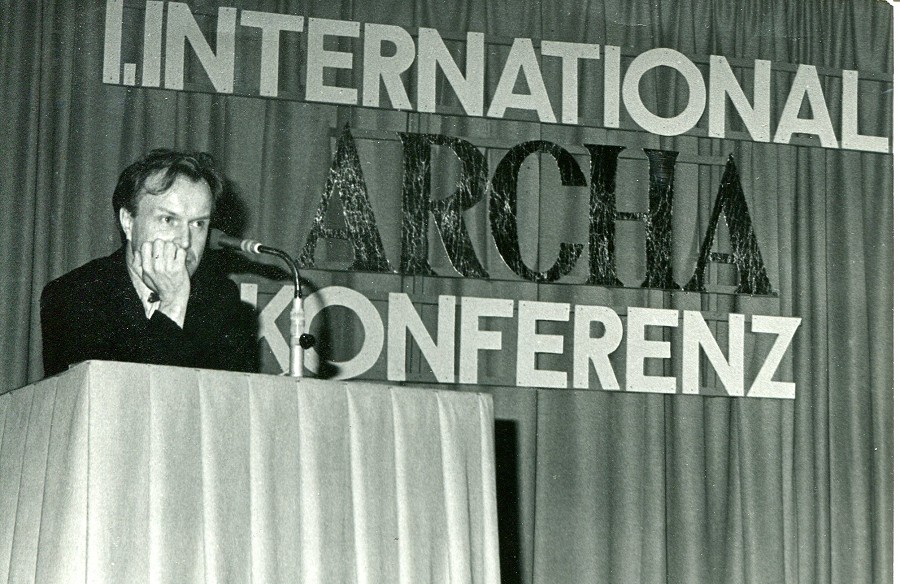 International ARCHA Conference Goerlitz 1991 2- 5 May 1991
International ARCHA Conference Goerlitz 1991 2- 5 May 1991
in collaboration with the City of Goerlitz, City of Halbersadt and City of Zittau
and the municipal museums
Patronage
Prof.Dr. Kurt Biedenkopf, prime Minister of The Free State of Saxony
Matthias Lechner, Mayor of the City of Goerlitz
Conference topic:
The new cultural situation after the Fall of the Berlin Wall 1989
 Thursday, 2 May 1991
Thursday, 2 May 199114h
International Artists Meeting
participants
Alistair McLennan, Belfast
Stig Danielson , Sweden
Margaret Hunter (UK)
Ms. Waltraut Starke, Oberlausitzer Kunstverein
Maria Zilla, Museum leipzig
Tomasz Pierczak, (Poland)
Roman Wiedlowski (Poland)
Detlef Dammann, Municipal Gallery Zwickau
Herbert Reich, ARCHA Society
 Friday, 3 May 1991
Friday, 3 May 1991
10h City tour for the participants
11h reception at the Mayor of the City of Goerlitz
13h common dinner
14h Opening speech by Wilfried Agricola, President of ARCHA Society
Lectures: Cultural Politics
15h Example: Saxony
Dr. Reiner Zimmermann, Department “rt” @ Ministery for Art & Science of the Freestate of Saxony, Dresden
15.20 East-West: Example: Berlin
Peter Sauerbaum, Head of Cultural Department of Berlin
15.40 Example: Community East: Goerlitz
Ulf Großmann, Head of Cultural Department of the City of Goerlitz
16-17h Discussion

19.30 Charity concert @ Goerlitz City Hall
1
Introducing words
Herber Reich, Board of Archa Society
Prof.Dr. Nollau – State Secretary Ministery of Culture & Science Dresden
on behalf of the Prime Minister Prof. Dr. Kurt Biedenkopf
Matthias Lechner, Mayor of the City of Goelitz
Sabina Moczko, Head of Cultural Department of the City of Halberstadt
Mr. Zimmermann, Head of Cultural Department of the City of Zittau
2.
Ensemble State Opera Dresden
performs songs by Mussorsky, Kurzbach, Schumann, Tchaikowski & Brahms
3.
Performance by
Barbara Heinisch, painting – Chris Parker, dancer – Frank Köllges, drums
4 May 1991
International Contributions
9:00h Stig Danielson, Swedish artist presents his project “Exile” about the Afghan war
9.30h Anu Litvak, Deputy Director of State estonian Art Museum – estonian Avantgarde 1960-1985
10.00 Mari Nommela, director of Tartu Art Museum – Recent Estonian Art since 1985
10.30 Marketta Mäkinnen, Deputy Director Alvar Aalto Museum Jyväskylä – Recent Finnish Art
11.00 Miczislaw Lapanowski, Director of BWA Gallery Zielon Gora – Biennale of Contemporary Polish Art
Lectures on: Art Funding
13.30 Prof Chaper Pult, Zurich – Swiss Cultural Foundation Pro Helvetia
14.00 Prof. Dr.- Peter Gerlach, Cologne art historian . Private Art Funding
14.30 Walter Smerling, Journalist Bonn – Art & Sponsoring
15.00 Prof. Jörn Merkert, director of Berlinische Galerie Berlin – Public Art Support: Berlin
15.30 Dr.Hartmut Vogel, Ministery of the Interior – Art Funding: Example Fedral State
until 17h – Discussions
17.00 Uwe Gellner, art historian – Development of the Collection of sculpture at Museum of magdeburg
17.30 Prof. Dr. Ingrid Schulze, University of Halle – the Artist: Johannes Wüsten
18.00 Dr. Vogt, directior of Zittau City Art Museum – Max Langer – the poetic painter of Oberlausitz
5 May 1991
10.00 Goelitz City Art Museum – Opening of the exhibition: The divisionsitic Principle by W.O.F. Agricola
12.30 official end of the conference
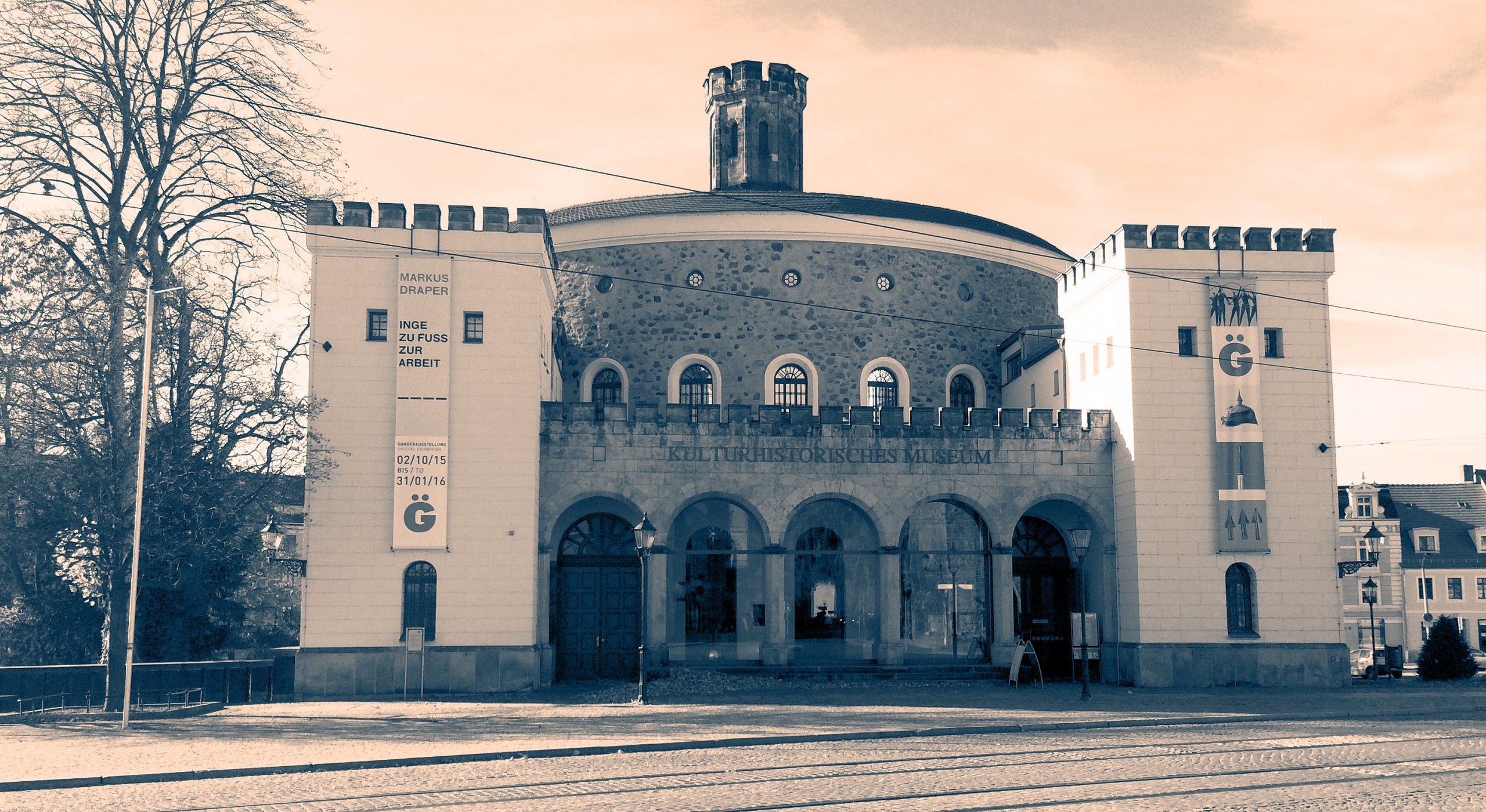
Internationale ARCHA Konferenz/ International ARCHA Conference Görlitz 2.-5 Mai 1991
Thema: Die kulturelle Situation in Europa nach dem Fall der Berliner Mauer
Topic: The Cultural Situation in Europe after the Fall of then Berlin WAll
Schirmherren/Patronage
Prof.Dr. Kurt Biedenkopf, Ministerpräsident des Freistaates Sachsen/Prime Minister of the Free State of Saxony
Matthias Lechner, Oberbürgermeister der Stadt Görlitz/Mayor of the City of Görlitz
Gefördert durch das Bundesinnenministerium, Kultusministerium Sachsen/
funded by the Federal Ministery of the Interior, Ministery of Culture of Saxony
a collaboration with the municipalities of Görlitz, Zittau, Halberstadt
1991-1994
Realisation von 6 Ausstellungsprojekten in den neuen Bundesländern und Polen
Realisation of 6 curatorial exhibition projects in the new states of Germany and Poland
1. Fundamental Patterns – Margaret Hunter (Schottland)
Halberstadt Municipal Art Museum
2. Exile – Stig Danielsson (Schweden) – Zeichnungen aus Afghanistan
Halberstadt City Art Museum (Germany)
Museum Schloss Merseburg (Germany)
Municipal Museum Zittau (Germany)
Municipal Museum Ceska Lipa (Czech Republik)
3. Josef Presser (polnisch/jüdischer Künstler) – Retrospective
Castle Museum Lublin (Poland)
Muzeum Gornoslaskie Bytom (Poland)
Museum of Contemporary Art Radom (Poland)
Galerie Am Domhof Zwickau (Germany)
City Museum Bautzen (Germany)
City Museum Aschersleben (Germany)
Municipal Museum Halberstadt (Germany)
4. George Soppelsa (USA)
Galerie Am Domhof Zwickau (Germany)
5. TRIAD – drei Europäer
Provinciaal Museum Pierre van Humbeeck – Maria Piron – Leuven (Belgium)
6. Projekt
A Living Memorial Kunsträume – 1995 – 1998
1000 Jahre, 50 Jahre und noch stets so schrecklich jung
more details on
http://alm.a-virtual-memorial.org
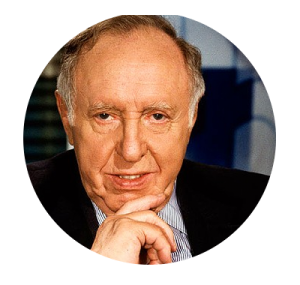 Schirmherren/Patronage
Schirmherren/Patronage
Projekt – Ignatz Bubis, Präsident des Zentralrates der Juden in Deutschland
Präsentation Thüringen – Dr. Frank Michael Pietzsch, Landtagspräsident Thüringen
Präsentation Leipzig – W.Ch. Steinbach – Regierungspräsident Leipzig
Präsentation NRW (Northrhine-Westfalia) – Ulrich Schmid Landtagspräsident NRW
43 Ausstellungsorte/venues in Polen, Tschechische Republik, Belgien und Deutschland
Historisches Archiv der Stadt Köln , State Museum Majdanek Lublin, Muzeum Okregowe Bialystok, Muzeum Okregowe Siedlce, Staatl Museum Stutthof, Museum Okregowe Sandomierz , Staatl. Museum Auschwitz, Historisches Museum Krakau, Städtische Galerie Czestochowa, Schlesisches Museum Katowice, Städt. Galerie Zgorgelec, Landtag Thüringen Erfurt, Gedenkstätte Wöbbelin, Dokumentationszentrum des Bürgerkomittees Magdeburg, Schalomhaus Schönebeck, VHS Hannover, Schlossmuseum Sondershausen, Synagoge Affaltrach, Synagoge Michelbach/Lücke, Städt. Museum Salzwedel, Auschwitz Foundation Brüssel, Altes Rathaus Potsdam, Universitätsmuseum Halle/S, HATIKVA Dresden, Stadtarchiv Leipzig, Völkerschlachtdenkmal Leipzig, Historisches Museum Leipzig, Alte Nikolai Schule Leipzig, Galerie im Hörsaalbau Universität Leipzig, Gedenkstätte Dachau, Gedenkstätte Theresienstadt, Gedenkstätte Breitenau, Antoniterkirche Köln, Medienbibliothek Köln, Gedenkstätte Neuengamme Hamburg, Gedenkstätte Köpenicker Blutwoche Berlin, Synagoge Wittlich, Städt. Galerie Gladbeck, Salvatorkirche Duisburg, Synagoge Urspringen, Landtag Nordrhein-Westfalen, Auschwitz Foundatuion Brussels
Projekt Polen
Austragungsorte in Polen 1991-1996
Städt. Galerie Zgorgelec, Städt. Galerie Boleslaviec, Oberschlesisches Museum Bytom, Katowice Art Centre, Schlesisches Museum Katowice, Historisches Museum Krakow, Staatliches Museum Auschwitz, Museum Lublin, Kunstverein Lublin, Staatliches Museum Majdanek Lublin, Bezirksmuseum Chelm, Bezirksmuseum Sandomierz, Bezirksmuseum Zamoscz, Bezirksmuseum Bialystok, Bezirksmuseum Siedlce, Staatliches Museum Stutthof, Städt. Galerie Jelenia Gora, Staatliche Galerie Jelenia Gora, Bezirksmuseum Walbrzych, Städt. Galerie Czestochowa
Projekt : neue Bundesländer
Austragungsorte in den neuen Bundesländern 1991-1998
Städt. Museum Halberstadt, Städt. Museum Quedlinburg, Michaelstein Quedlinburg, Kreisgalerie Oschersleben, Städt. Galerie Dessau, Landtag Sachsen-Anhalt Magdeburg, Dokumentationszentrum des Bürgerkomittees Magdeburg, Kreismuseum Aschersleben, Museum Schloß Bernburg, Museum Schloß Merseburg, Städt. Kunstsammlungen Görlitz, Stadtmuseum Zittau, Stadtmuseum Bautzen, Städt. Galerie Zwickau, Städt. Galerie Glauchau, Hatikva Dresden, Stadtgeschichtliches Museum Leipzig, Völkerschlachtdenkmal Leipzig, Galerie im Hörsaalbau Universität Leipzig, Stadtarchiv Leipzig, Alte Nikolai Schule Leipzig, Städt. Galerie Fürstenwalde, Gedenkstätte Wöbbelin Schwerin, Kunsthalle Bad Kösen, Landtag Thüringen Erfurt, Schlossmuseum Sondershausen, Universitätsmuseum Halle/S, Städt. Museum Salzwedel, Altes Kulturhaus Potsdam, Schalom Haus Schönebeck (Magdeburg)
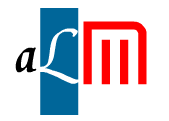
1998-1995
1995 “A” Living Memorial Spaces of Art
Memorial project against the Forgetting, Racism, Xenophobia and Antisemitism
43 Installations in Germany, Poland, Czech Republic, Belgium
A changing point in the artists career was the year 1989, when the Berlin Wall was falling starting the German re-unification. While the administratve re-unification was established within a few months, the re-unification of the people, however, who were living separated in two politically ideological systems for the long period of 40 years, is still not completed these days.
The artist, as the person of W.O.F Agricola, realized immediately the German Re-Unification as a chance to start a new type of artistic activities focussing on German history of the 20th century in most different ways.
This working phase, entitled “the German Re-Unification Project” is lasting from 9 November 1989 – 31 December 1998 – incorporating
two mayor projects – ARCHA Society – Archives & Reseach for Contemporary Humanis & Art – active between 1989-1998 – and the artistic memorial, entitled: ” A Living Memorial Spaces of Art – Memorial Project against the Forgetting & for Humanity” – active between 1995-1998, when a major part of the project was destroyed in an attack, a mad act of politically motivated vandalism.

1998-1995
1995 “A” Living Memorial Spaces of Art
Memorial project against the Forgetting, Racism, Xenophobia and Antisemitism
43 Installations in Germany, Poland, Czech Republic, Belgium
1995
Historisches Archiv der Stadt Köln (Germany)
State Museum Majdanek Lublin (Poland)
Muzeum Okregowe Bialystok (Poland)
Muzeum Okregowe Siedlce (Poland)
State Museum Stutthof (Poland)
Museum Okregowe Sandomierz (Poland)
State Museum Auschwitz (Poland)
Historical Museum City of Krakow (Poland)
Schlesisches Museum Katowice (Poland)
1996
City Art Gallery Czestochowa (Poland)
City Art Gallery Zgorzelec (Poland)
Parliament of Thuringia Erfurt (Germany)
Memorial Camp Wöbbelin
DocumentationCentre (former. Stasi-Prison) Magdeburg
Parliament of Sachsen-Anhalt Magdeburg
Schalom House Schönebeck
Volkshochschule Hannover
1997
Cultural Centre Old Town Hall Potsdam
University Museum Halle/S
HATIKVA Dresden
City Archives Leipzig
Völkerschlachtdenkmal Leipzig
Historical Museum City of Leipzig
Old Nikolai School Leipzig
University Art Gallery Leipzig
Memorial Camp Dachau
Terezin Memorial (Czech Republic)
Breitenau Memorial Guxhagen/Kassel
Castlemuseum Sondershausen
Synagogue Affaltrach
Synagogue Michelbach/Lücke
City Museum Salzwedel
Auschwitz Foundation Brüssel
1998
Antonite Church Cologne
Media Bibliotheque City of Cologne
Memorial Camp Neuengamme Hamburg
Berlin Köpenick Bloody Week Memorial
Synagogue Wittlich
City Art Gallery Gladbeck
Salvation Church Duisburg
Synagogue Urspringen
Parliament of Nordrhein-Westfalen Düsseldorf

